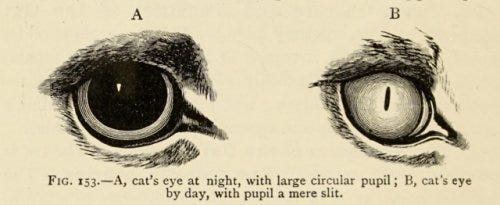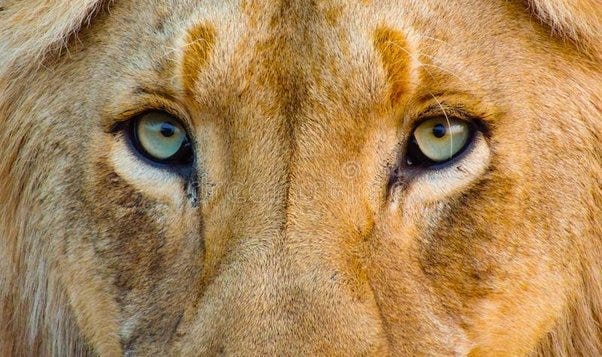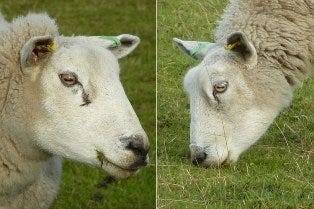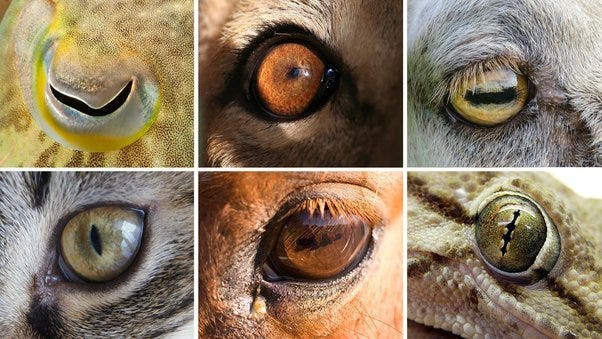Understanding the Varied Shapes of Animal Pupils
Written on
Chapter 1: The Connection Between Pupil Shape and Lifestyle
The shape and orientation of an animal's pupils are intricately linked to their way of life. Various species, including goats, sheep, horses, and cats, exhibit pupils that transition from circular in low light to slits or narrow rectangles in bright conditions. This adaptation helps regulate the quantity of light that enters their eyes. Notably, a cat's pupil can expand significantly.

This flexibility is characteristic of animals that are active both during the day and at night, allowing them to optimize their vision in varying light environments. The orientation of pupils is just as crucial as their capacity to dilate. Predators, particularly those that rely on ambush tactics, typically possess vertical pupils situated at the front of their heads. This design enhances their ability to gauge distances accurately without the need to move their heads, which could alert their prey to their presence.
Section 1.1: Predators vs. Prey
Research indicates that vertical pupils offer distinct advantages to smaller animals with eyes closer to the ground (generally under 40 cm in height), compared to larger predators. In contrast, larger carnivores that pursue their prey tend to have round pupils. This explains why many large felines, dogs, and primates possess circular pupils.

Section 1.2: Grazing Animals and Their Adaptations
On the other hand, horizontal pupils are predominantly found in grazing animals, which have eyes positioned on the sides of their heads. This pupil shape allows for a broader field of vision, essential for constant vigilance against potential threats. Additionally, horizontal pupils help to minimize glare from sunlight reflecting off the ground, thereby enhancing image clarity.

A fascinating adaptation among these animals is their ability to keep their pupils parallel to the ground while bending down to drink or graze, ensuring they maintain excellent peripheral vision.
Chapter 2: Unique Pupil Shapes in the Animal Kingdom
Beyond the common shapes, some animals exhibit even more specialized pupil forms. For instance, cuttlefish possess a W-shaped pupil that aids in balancing the bright overhead light with the shadowy seabed. Certain species of geckos have pupils that resemble a vertical string of pearls, which may help them assess distances without needing to focus both eyes in the same direction, allowing them to utilize differences in blurriness at various pupil openings.

The first video titled "Why do cats have vertical pupils? - Emma Bryce - YouTube" delves into the evolutionary reasons behind the vertical pupils of cats, explaining how this adaptation aids in their predatory skills.
The second video, "Animals' Pupil Shape is Based on Whether They're a Predator or Prey - YouTube," further explores the relationship between pupil shapes and the lifestyles of various animals, highlighting how these adaptations enhance survival.